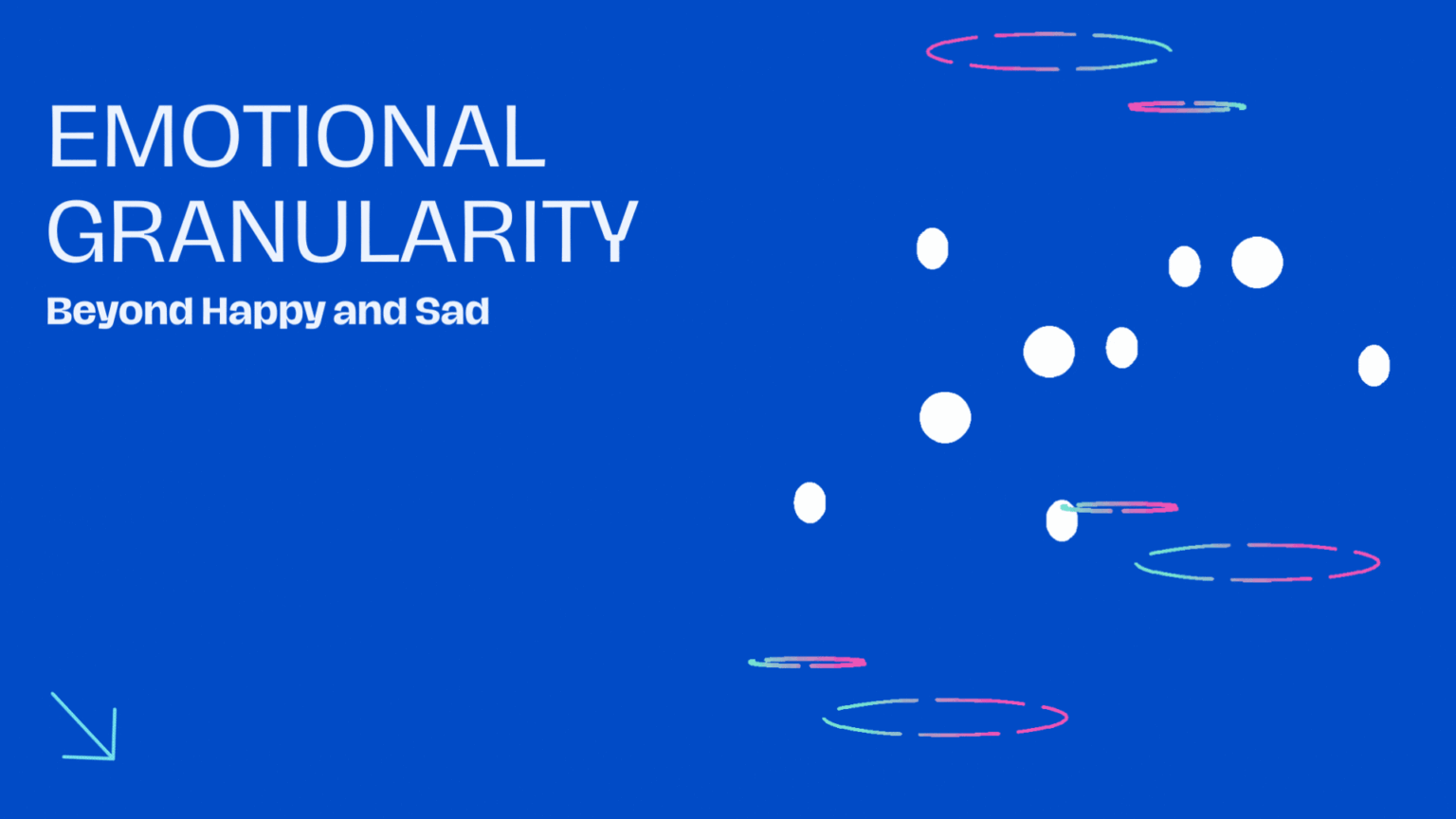Understanding the Fourth Wave of Cognitive Behavioural Therapies: An Introduction
The field of cognitive behavioural therapy (CBT) has been on an upward trend since the 1960s, and it has undergone three significant waves. However, in recent years, psychologists and therapists have identified the need for a new type of CBT that could address the limitations of the previous three waves. This need led to the development of the fourth wave cognitive behavioural therapy, which provides a comprehensive approach to mental health treatment and focuses on fostering well-being by reducing chronic symptoms. In this article, we explore the concept of the fourth wave of CBT, its origins, differences from the previous waves, and its benefits.
What is the Fourth Wave of Cognitive Behavioural Therapy?
Definition of the Fourth Wave
The fourth wave of CBT is a type of psychotherapy that aims to enhance the cognitive-behavioural approach to mental health treatment. The approach is unique because it emphasizes the importance of acceptance and mindfulness-based interventions. Rather than focusing on the symptoms of mental health problems, fourth wave CBT therapists work to help their patients change their relationship with the contextual environmental factors causing those problems.
The Origins of the Fourth Wave
The fourth wave of CBT is a new development in the field of psychology, and it originated in the United States. It comes after the first wave of CBT, in which behavioural therapists treated patients using behavioural interventions such as exposure therapy. The second wave of CBT saw the introduction of cognitive therapy, which focused on thoughts and beliefs. The third wave of CBT broadened the approach to include acceptance and commitment therapy and mindfulness-based interventions. Fourth wave behavioral therapists are instead characterized by comprehensive interventions and the therapeutic relationship.
How Does Fourth Wave CBT Differ from Previous Waves?
The fourth wave of CBT differs from the previous waves in several ways. It provides a more holistic approach to mental health treatment, encompassing the context of the illness and the environmental factors that cause it. Also, rather than the reduction of symptoms, fourth wave CBT therapists aim for behaviour activation. The approach considers the well-being of patients from a more extensive lens beyond mere symptom reduction that leads to improvement in their mental health and life.
Why Was the Fourth Wave Developed?
The Limitations of Previous Waves
The previous three waves of CBT had several limitations. The first wave focused on behaviour only, giving less attention to thought patterns, leading to inadequate treatment. The second wave of CBT was more concerned about changing a patient’s thoughts and beliefs rather than directly addressing the behavioural issues, leading to fewer behavioural change, which is more important than mere reduction of symptoms. The third wave later realized the limitations of the first two waves and developed treatments that aim at addressing both behavioural and cognitive aspects. However, it still focuses primarily on reducing symptoms, rather than activating the patient and enhancing their well-being.
The Need for a More Holistic Approach
The fourth wave developed to address the limitations of the previous three waves by taking a more comprehensive approach to therapy. In fourth wave CBT, therapists seek to understand the context of the client’s life, environment, and situation in which the symptoms are being produced. The contextual understanding can then be used to inform the intervention better, which can target the root cause rather than just addressing symptoms.
Addressing Chronic Symptoms
The fourth wave addresses chronic symptoms that have been unresponsive to treatment in previous waves of CBT. Many people with depression, anxiety, and other mental health problems often find it difficult to respond well to current CBT treatments. The fourth wave of CBT looks at more comprehensive lifestyle changes such as sleep, eating, using activity schedules, and behavioural activation focusing on habits that build a healthy life.
How Does Fourth Wave CBT Work?
The Role of Mindfulness and Acceptance
The fourth wave of CBT treats behavioural and cognitive changes as a continuum, rather than as separate components. Fourth wave CBT therapists use mindfulness-based interventions to help their clients accept rather than avoid thoughts and feelings related to their condition. Mindfulness helps patients recognise their current state and experience the present without judgment. In the same way, acceptance encourages the patients to tolerate difficult experiences rather than trying to eliminate them, making them able to focus on what they can do rather than what they cannot.
The Importance of Context and Environment
Fourth wave CBT therapists place significant emphasis on the environment in which the mental health problems occur. They focus on the patient’s lifestyle, habits and behavioural tendencies, and determining the factors that trigger their unhealthy behaviours. These contextual details help to inform better therapeutic interventions that target the root cause of the problem.
The Role of the Therapist in Fourth Wave CBT
The therapist’s role in the fourth wave of CBT is different from that in previous waves in that they become more active. Fourth wave CBT therapists are consultants, collaborators, and guides, unlike clinical therapists who are simply the authority figure with the knowledge. The therapist works to better understand the patient’s story and create a more effective therapeutic relationship around that context.
What Are the Benefits of Fourth Wave CBT?
Improved Mental Health and Well-being
Fourth wave CBT leads to improved mental health and well-being. It produces excellent results for patients who can experience more profound and lasting therapeutic change with fewer relapses. It results in behaviour activation, rather than mere symptom reduction, which leads to more comprehensive intervention for managing mental health problems.
A More Effective Approach to Addressing Symptoms
Fourth wave CBT takes a more comprehensive look at a patient’s lifestyle, behaviour, and cognition. This approach results in a more effective intervention targeting the root cause and producing more enduring results than symptom management that is typical in previous waves.
Increased Focus on Professional Practice
The fourth wave of CBT encourages professional practice by providing clinicians with a more effective approach to treating mental health problems than previous CBT waves. This has resulted in more extensive research into cognitive and behavioural interventions and further developed new training initiatives to ensure that more therapists adopt fourth wave CBT in their practice.
How Can I Join the Fourth Wave?
Training and Education Requirements
To join the fourth wave of CBT as a therapist, it is necessary to have a graduate-level education in psychology, social work, or healthcare, as well as training and experience in cognitive and behavioural interventions.
The Importance of Adoption in the Professional Community
As a new addition to the field of cognitive behavioural therapy, the fourth wave needs to be adopted and promoted by the professional community. This is necessary to increase patients’ and professionals’ awareness of the benefits of fourth wave CBT and ultimately promote its effectiveness.
The Role of External Factors in the Fourth Wave
The effectiveness of fourth wave CBT is dependent on external factors such as governments and healthcare systems. Governments and policymakers can increase funding and support for mental health treatments, while healthcare systems can embrace the fourth wave of CBT and provide access to patients who need it.
In conclusion, the fourth wave of cognitive behavioural therapies provides a holistic approach to mental health treatment that is unique from the previous three waves. It emphasises the role of acceptance, mindfulness-based interventions, contextual understanding, and behaviour activation. It is an effective alternative to traditional approaches that focus on reducing symptoms. Professionals can be trained to join the fourth wave by gaining adequate knowledge, and the professional community can help to achieve greater adoption, which can result in better access to this effective intervention.
Understanding the fourth wave of Cognitive Behavioural Therapies: An Introduction
Q: What is the fourth wave of Cognitive Behavioural Therapies?
A: The fourth wave of Cognitive Behavioural Therapies (CBT) is a relatively new development that integrates the key features of previous waves such as behavioral, cognitive and third-wave CBTs.
Q: What are the first, second and third waves of CBT?
A: The first wave of CBT began in the 1950s and was heavily focused on the behavioral aspect of therapy. The second wave of CBT, which began in the 1970s, integrated cognitive and behavioral approaches. The third wave of CBT began in the 1990s and placed increased emphasis on mindfulness and acceptance-based interventions.
Q: What are the key features of the fourth wave of CBT?
A: The fourth wave of CBT integrates the key features of previous waves and emphasizes the importance of experiential techniques, the therapeutic relationship and metacognitive processes.
Q: What is the main difference between third and fourth wave CBTs?
A: The main difference is that third-wave CBTs focus on the acceptance and workability of symptoms, while fourth-wave CBTs focus more on the underlying cognitive and metacognitive processes that maintain symptoms.
Q: Who can benefit from fourth-wave CBT?
A: Fourth-wave CBT can benefit a wide range of individuals, from those with acute symptoms to those with chronic conditions. The therapy can also be tailored to specific populations such as adolescents or individuals with medical conditions.
Q: What is behavioral activation?
A: Behavioral activation is a technique in which a therapist helps a client to increase pleasant activities and promote more active engagement of a person in their daily life, which can help alleviate symptoms of depression.
Q: How do fourth-wave behavioral therapists approach the treatment?
A: Fourth-wave behavioral therapists are more focused on modifying the person’s relationship with internal experiences rather than on the modification of behavior or the elimination of psychological distress.
Q: What is the concept of metacognition in fourth-wave CBT?
A: The concept of metacognition in fourth-wave CBT refers to the process by which a person relates to their internal experiences such as thoughts, emotions and sensations. This process can lead to detrimental reactions that maintain symptoms of psychological distress.
Q: What role does technology play in fourth-wave CBT?
A: Fourth-wave CBT can rely on technology to implement treatment, such as software that measures psychological symptoms or apps that help clients track their progress outside of therapy sessions.
Q: How can fourth-wave CBT contribute to improving therapy?
A: Fourth-wave CBT emphasizes the importance of integrating empirically supported techniques and concepts in practice. This approach can lead to the development of more effective and evidence-based treatments.










